We’re used to thinking of big creatures as the ones in charge—elephants, whales, humans.
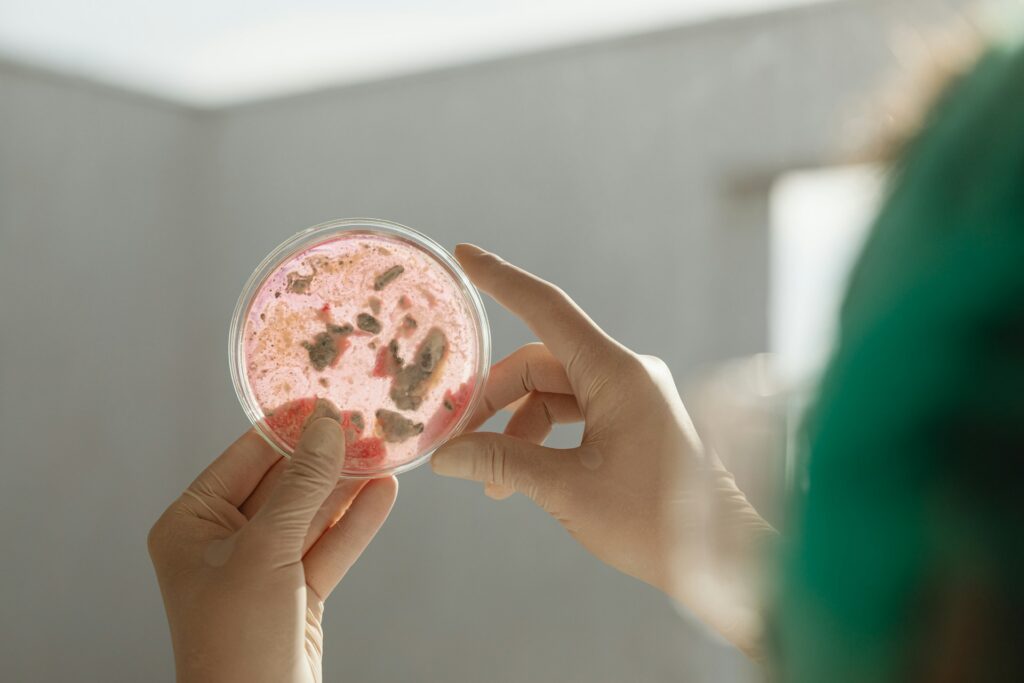
Of course, the truth is, it’s the tiniest organisms that are quietly pulling the strings. These microscopic lifeforms might be invisible to the naked eye, but their impact on the planet (and your body) is enormous. They don’t make the headlines, and they don’t get their own documentaries. However, these microbes are running the show, from climate balance and food webs to your brain chemistry. These are some of the most underrated microscopic rulers of Earth.
1. Phytoplankton produce more oxygen than all forests combined.
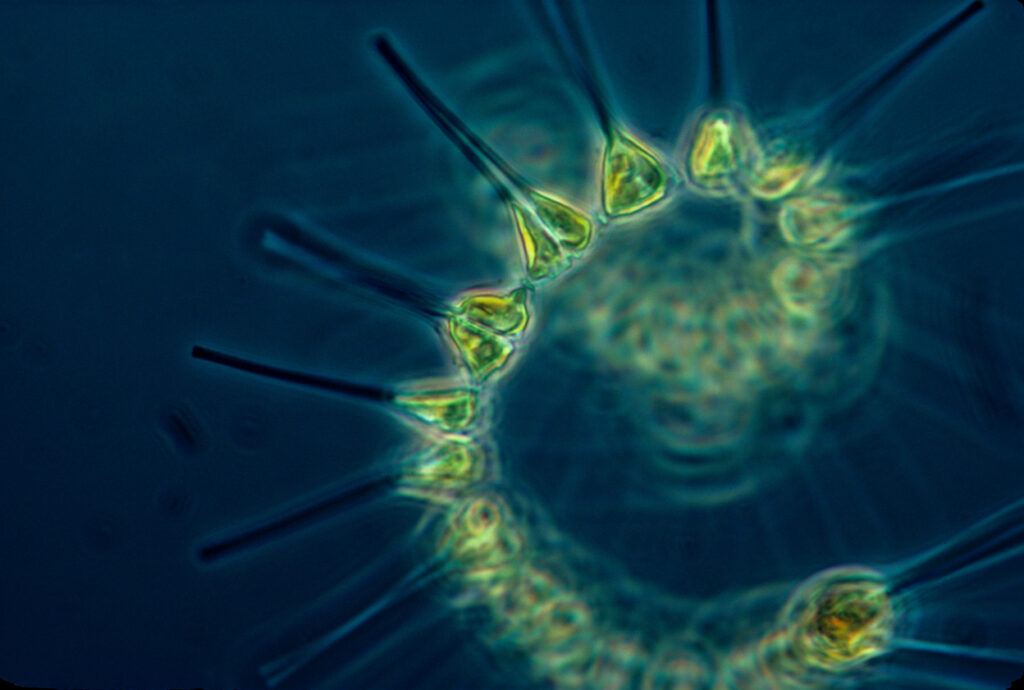
If you think the Amazon is the planet’s lungs, you’re only half right. The real oxygen factories are floating invisibly in the ocean. Phytoplankton are tiny, plant-like organisms that drift near the surface of marine waters, capturing sunlight and converting it into energy through photosynthesis.
In the process, they release oxygen—a lot of it. Scientists estimate that phytoplankton are responsible for producing more than 50% of Earth’s breathable oxygen. That means every second breath you take comes from these tiny ocean dwellers. They’re not just floating. They’re fuelling life.
2. Archaea thrive where no one else can, and keep global cycles moving.
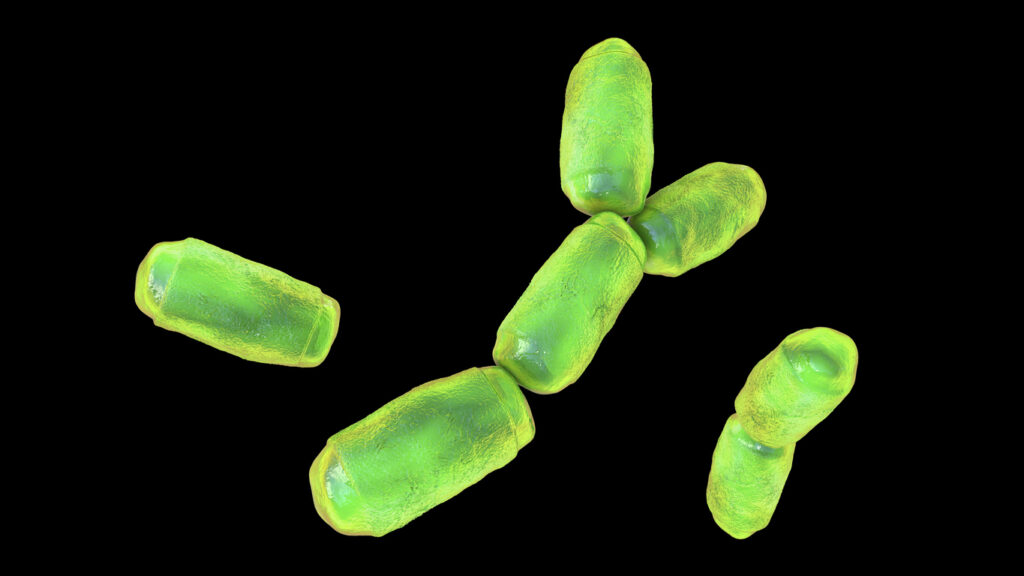
Archaea often get lumped in with bacteria, but they’re their own ancient domain of life, and they do things their own way. These microscopic organisms are masters of extremes: you’ll find them in boiling hot springs, deep-sea hydrothermal vents, salt lakes, and even inside volcanoes.
They play crucial roles in the nitrogen and carbon cycles, helping convert waste into usable nutrients and stabilising Earth’s ecosystems. Despite their size, archaea are key to maintaining life’s balance in the harshest environments imaginable. They’re not just survivors—they’re essential engineers of the planet.
3. Cyanobacteria created the atmosphere before trees existed.
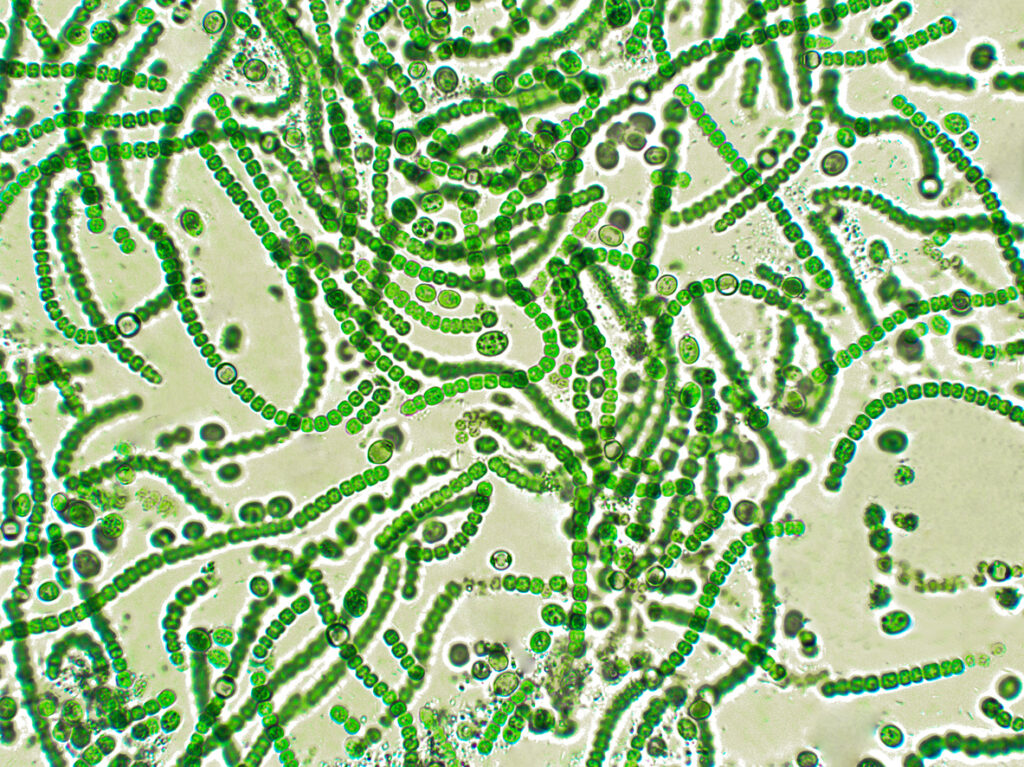
Before mosses, trees, or even basic ferns existed, cyanobacteria were already busy transforming the planet. These blue-green microbes were among the first organisms to perform photosynthesis and release oxygen as a byproduct.
Roughly 2.5 billion years ago, they kicked off what scientists call the Great Oxygenation Event, reshaping Earth’s atmosphere and paving the way for more complex life. Without these unassuming microbes, animals (and eventually humans) would never have evolved. They literally breathed life into a lifeless world.
4. Zooplankton are tiny, but they run the ocean’s food chain.
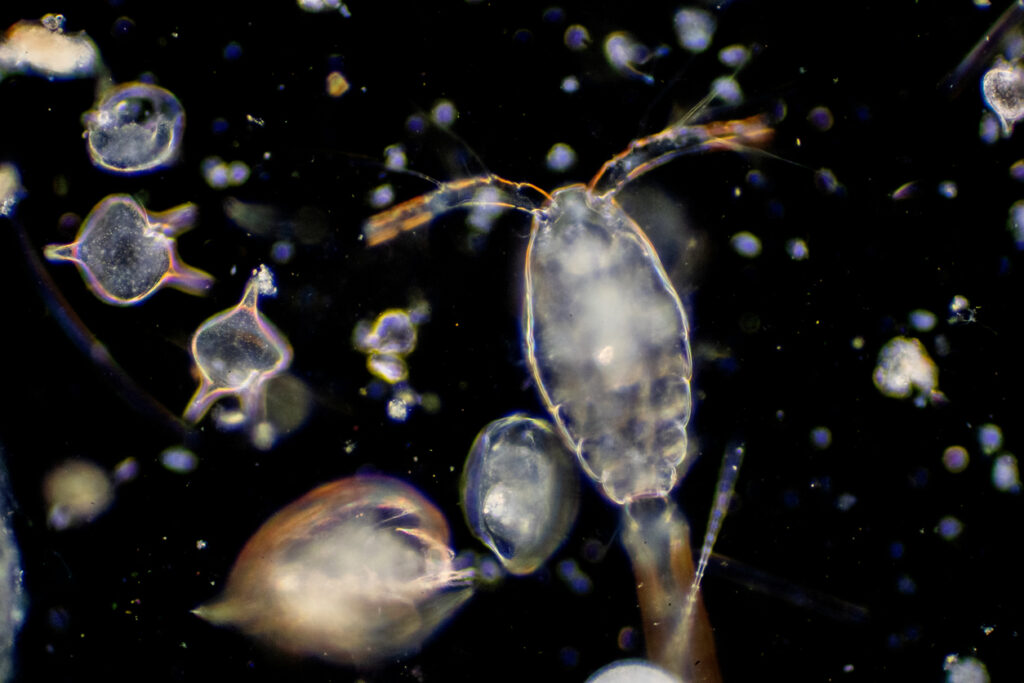
Zooplankton are the animal version of phytoplankton, and they’re equally important. They’re eaten by everything from baby fish to giant whales, making them a foundational building block in the marine food chain.
They also help transport carbon from the surface of the ocean to the depths through a process called the “biological pump.” When they feed at the surface and return to deeper water, they carry carbon with them. Without zooplankton, marine ecosystems would collapse almost overnight.
5. Viruses regulate ecosystems in weird but essential ways.
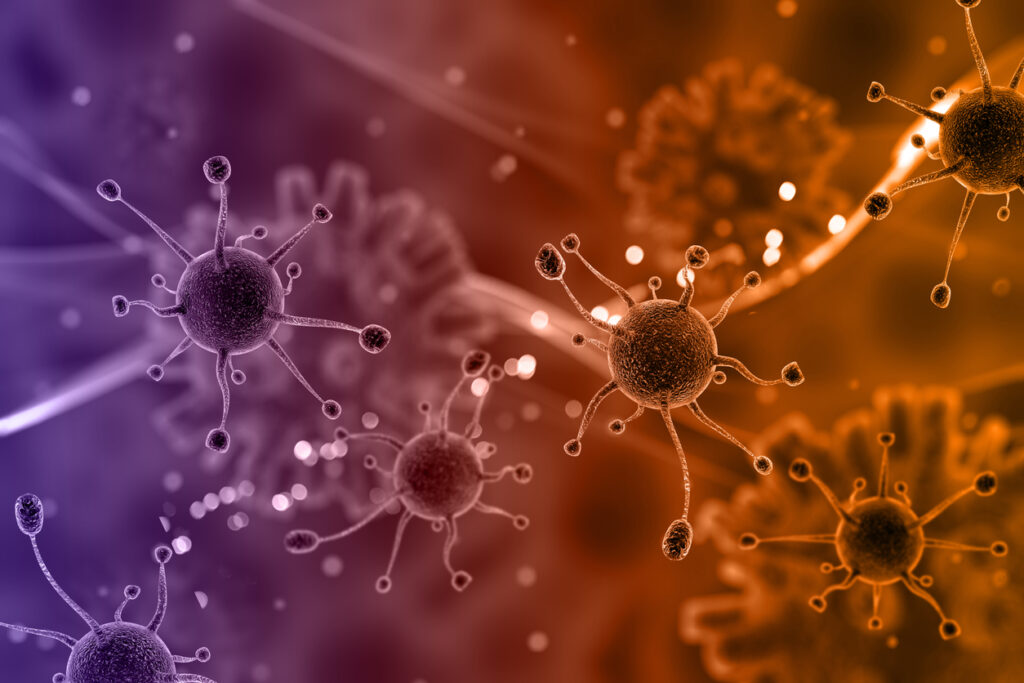
Viruses get a lot of bad press, and for good reason, but not all of them are destructive in the way you might think. In ecosystems, viruses actually help control microbial populations by infecting and killing off overabundant bacteria and plankton.
This sounds harsh, but it’s a way of maintaining balance. By “editing” the microbial community, viruses recycle nutrients back into the environment and prevent one species from taking over. They’re not exactly friendly, but they’re part of nature’s built-in control system.
6. Diatoms are microscopic artists fighting climate change.
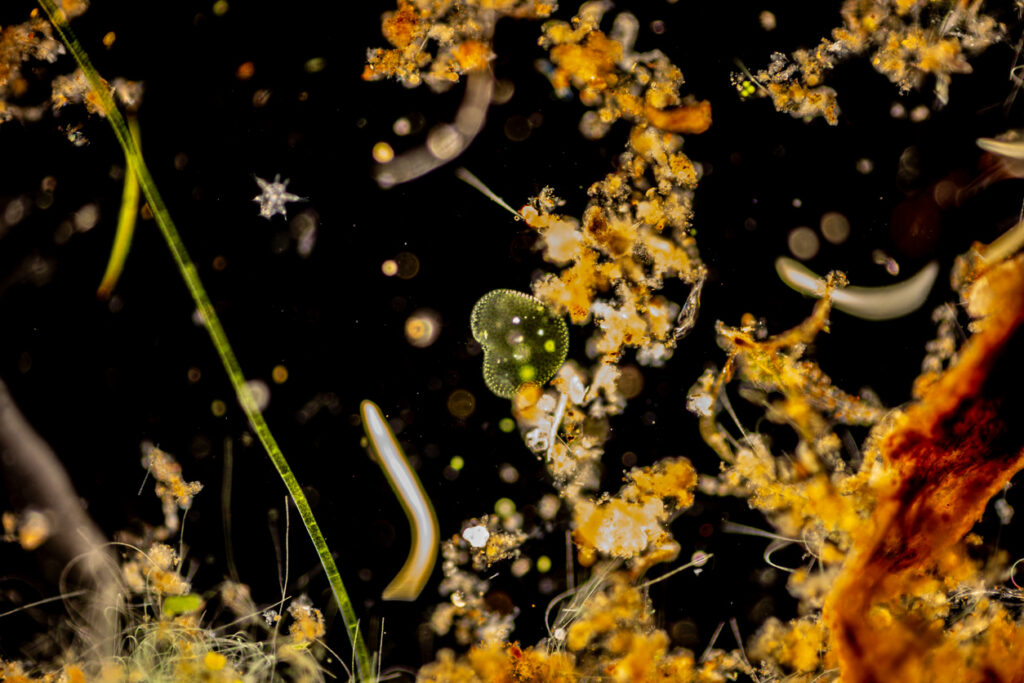
Diatoms are a type of phytoplankton encased in intricate, glass-like shells made of silica. Under a microscope, they look like tiny snowflakes or jewellery designs. But their beauty isn’t the only thing they bring to the table.
They’re also carbon sinks. When diatoms die, their heavy shells help carry carbon to the ocean floor, locking it away for centuries. These microscopic artists are doing their bit to offset greenhouse gas levels, even if no one’s giving them credit for it.
7. Your gut bacteria influence your mood, immunity, and memory.
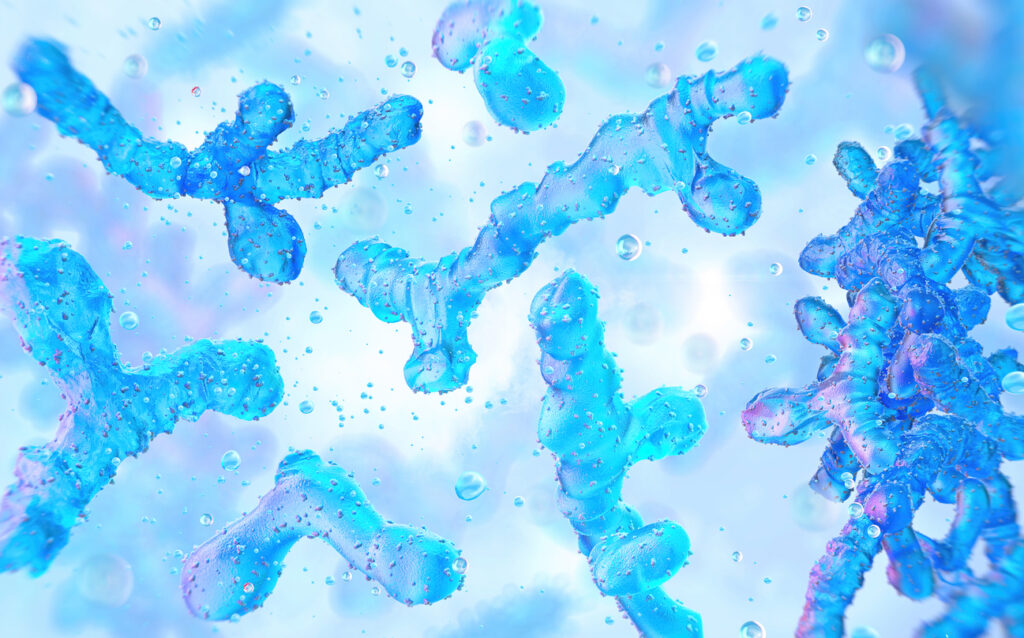
Inside your digestive tract lives a bustling metropolis of microbes known as the gut microbiome. It’s home to trillions of bacteria that don’t just help digest food—they shape your mental and physical health in hundreds of subtle ways.
They produce neurotransmitters, regulate your immune system, and even influence how you respond to stress. Research has linked gut bacteria imbalances to everything from depression and anxiety to autoimmune conditions. So while you go about your day, your gut microbes are working a full-time job on your behalf.
8. Fungal mycelium connects forests into a living network.
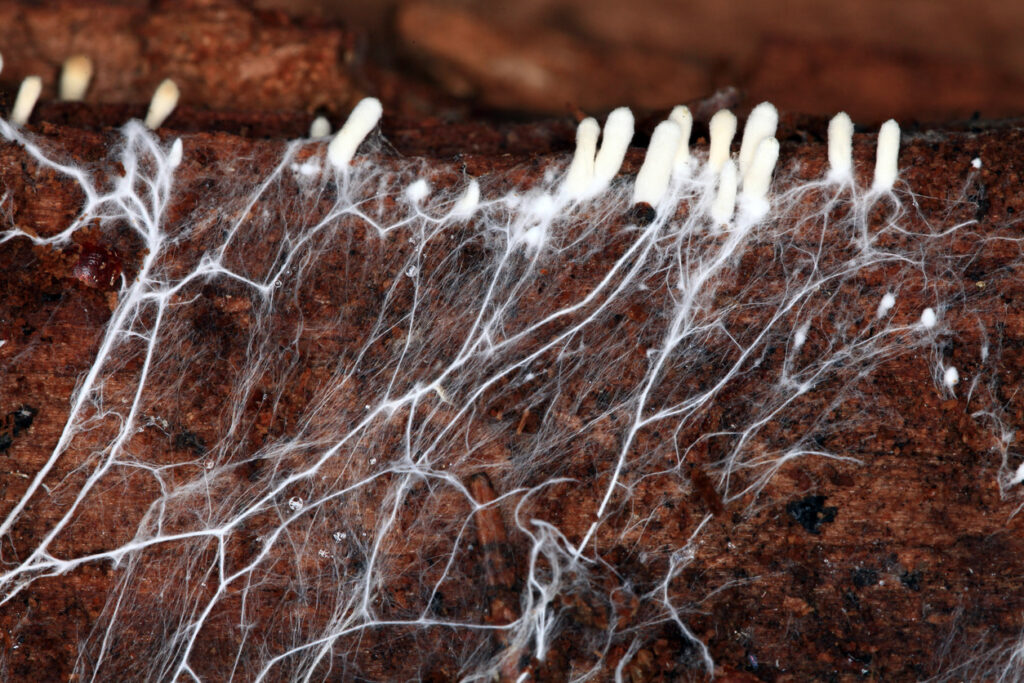
Hidden beneath every healthy forest is a vast underground web of microscopic fungal filaments called mycelium. These networks link the roots of trees and plants, allowing them to “communicate” and share resources. It’s been dubbed the “wood wide web,” and for good reason.
Trees can send nutrients to their offspring, warn neighbours of insect attacks, or redirect resources away from dying individuals. All of this happens through networks of fungal cells that are smaller than a hair’s width, proving that cooperation doesn’t always need words, or even sight.
9. Protists are the wildcards of microbial life.
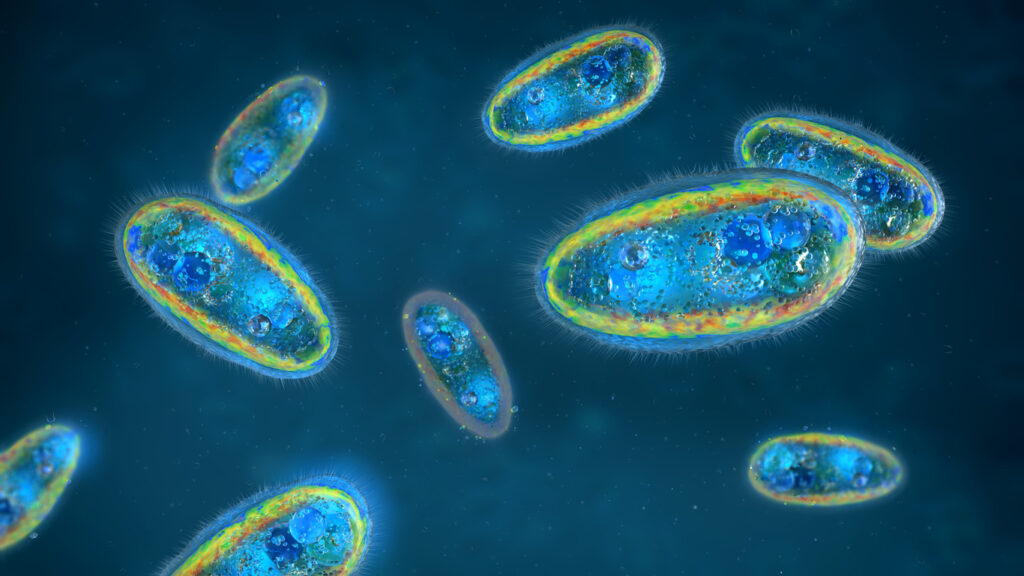
Protists don’t really fit anywhere. Some behave like animals, others like plants, and a few are both. These single-celled creatures live mostly in aquatic environments and are key players in nutrient cycling, especially in freshwater and soil ecosystems.
They feed on bacteria, regulate microbial populations, and help decompose organic material. In some systems, they’re the top predator of the microbial world. Despite being microscopic, they influence the shape and balance of entire environments, like invisible referees.
10. Lichens are tiny survivalists that transform bare rock into soil.
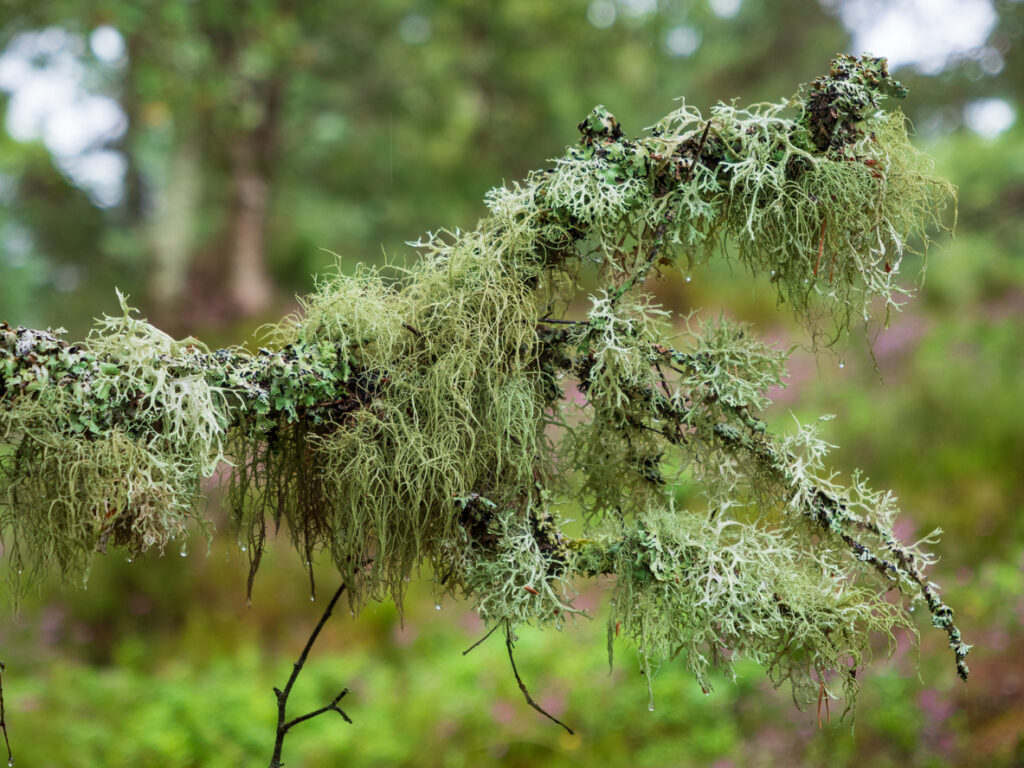
Lichens are part fungus, part algae or cyanobacteria. Together, they form one of the most resilient lifeforms on the planet. You’ll find them growing on tree bark, arctic tundra, mountain peaks, and even lava flows, often being the first life to colonise these harsh surfaces.
They slowly break down rock into soil, creating the conditions for other plants to grow. Some lichens can live for thousands of years, and they’ve survived outer space in lab experiments. They’re tiny, unglamorous, and tough as nails—true pioneers of life on Earth.